After repurposing facial recognition and deepfake tech to study galaxies and the Higgs boson, physicists think they can help shape the responsible use of AI.


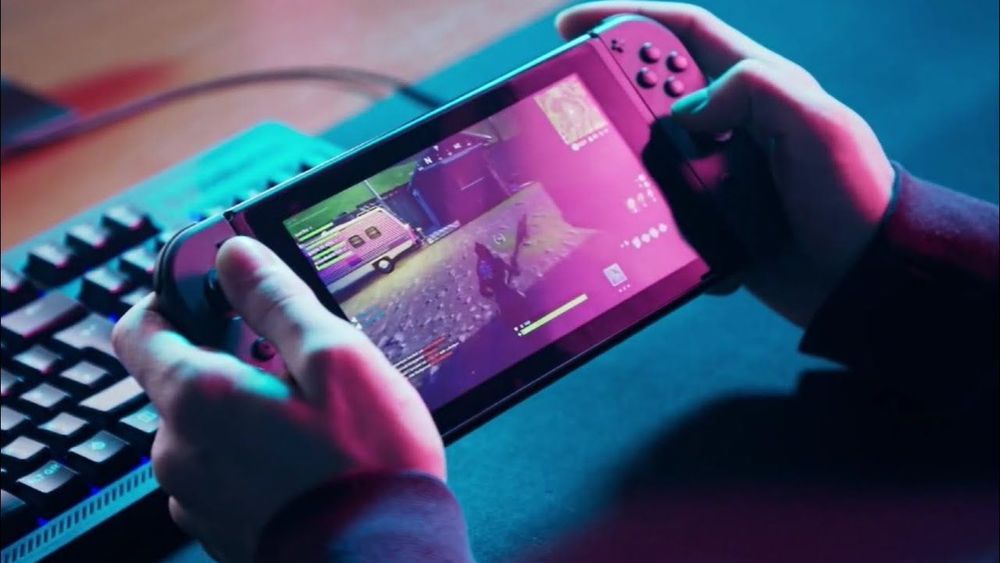
Excerpts from two videos dealing with the topic:
Is life a video game? | Elon Musk | Code Conference 2016
Elon Musk’s Question to AI: What’s Outside The Simulation?
Science Time, September 2020
El video tiene subtítulos en Español.
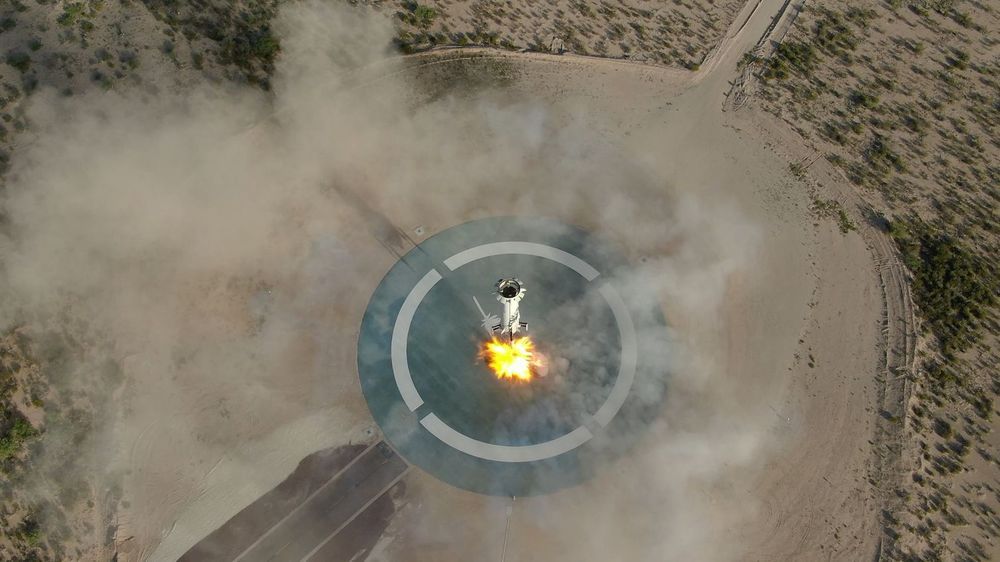
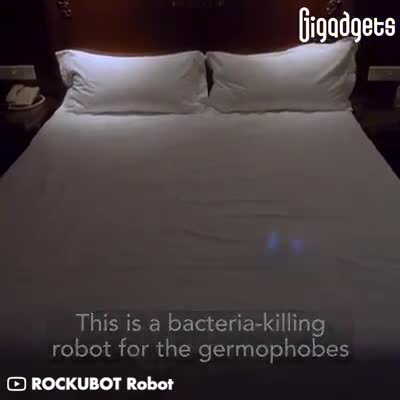
This bacteria-killing robot can sanitize your hotel bed.
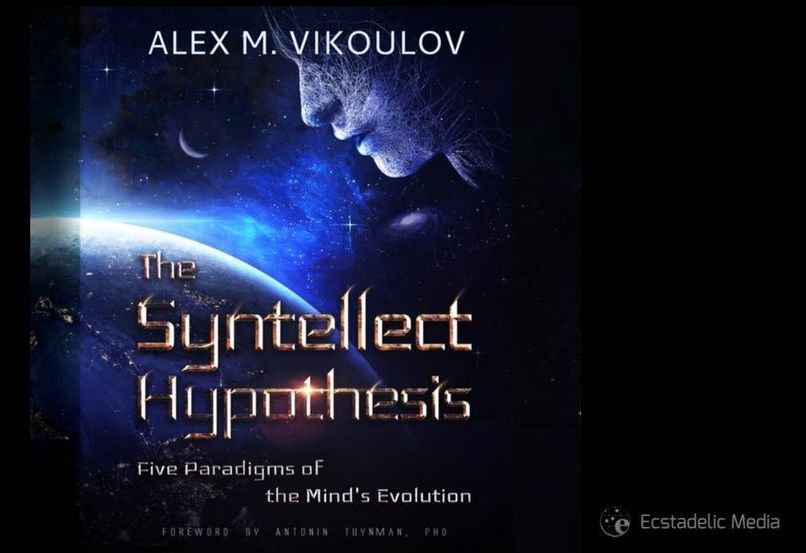
In the sixties of the previous century, the science of Cybernetics emerged, which its founder Norbert Wiener defined as “the scientific study of control and communication in the animal and the machine.” Whereas the cyberneticists perhaps saw everything in the organic world too much as a machine type of regulatory network, the paradigm swapped to its mirror image, wherein everything in the natural world became seen as an organic neural network. Indeed, self-regulating networks appear to be ubiquitous: From the subatomic organization of atoms to the atomic organization of molecules, macromolecules, cells and organisms, everywhere the equivalent of neural networks appears to be present.
#EvolutionaryCybernetics #CyberneticTheoryofMind #PhilosophyofMind #QuantumTheory #cybernetics #evolution #consciousness
“At a deep level all things in our Universe are ineffably interdependent and interconnected, as we are part of the Matryoshka-like mathematical object of emergent levels of complexity where consciousness pervades all levels.” –Alex M. Vikoulov, The Syntellect Hypothesis.

The state of Arizona is pursuing negligent homicide charges against the man who was behind the wheel in a self-driving Uber car that ran over a woman.
In 2018, Elaine Herzberg was struck by a self-driving Uber in Tempe, Arizona. Rafael Vasquez, who was behind the wheel, has now been charged, KPNX-TV’s Brahm Resnik reported Tuesday.
NEW Man behind wheel of self-driving @Uber charged with negligent homicide in 2018 pedestrian death in Tempe, Arizona. pic.twitter.com/uyFIbIa3bi
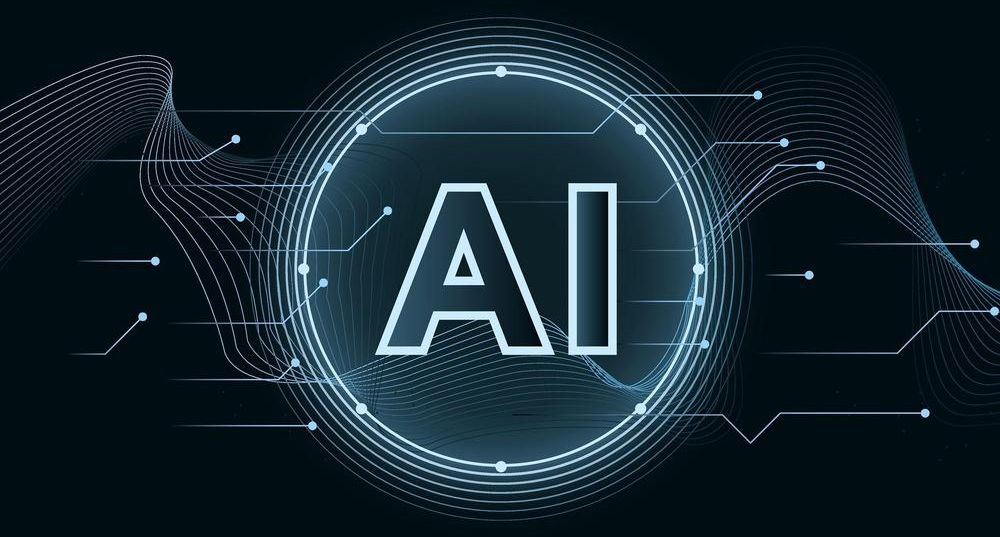
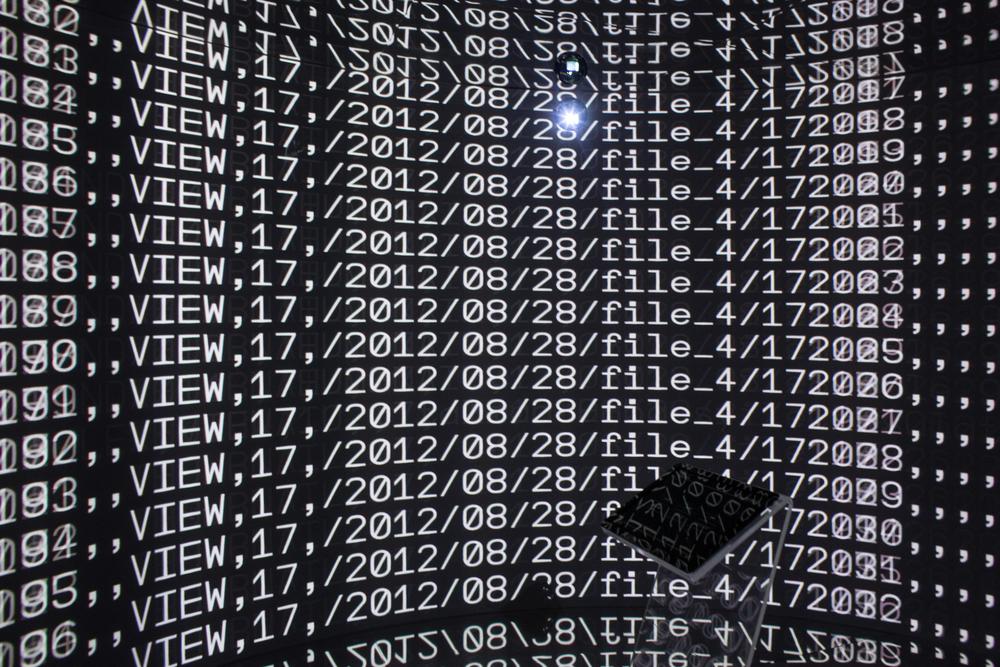
Recommending content, powering chatbots, trading stocks, detecting medical conditions, and driving cars. These are only a small handful of the most well-known uses of artificial intelligence, yet there is one that, despite being on the margins for much of AI’s recent history, is now threatening to grow significantly in prominence. This is AI’s ability to classify and rank people, to separate them according to whether they’re “good” or “bad” in relation to certain purposes.
At the moment, Western civilization hasn’t reached the point where AI-based systems are used en masse to categorize us according to whether we’re likely to be “good” employees, “good” customers, “good” dates and “good” citizens. Nonetheless, all available indicators suggest that we’re moving in this direction, and that this is regardless of whether Western nations consciously decide to construct the kinds of social credit system currently being developed by China.
This risk was highlighted at the end of September, when it emerged that an AI-powered system was being used to screen job candidates in the U.K. for the first time. Developed by the U.S.-based HireVue, it harnesses machine learning to evaluate the facial expressions, language and tone of voice of job applicants, who are filmed via smartphone or laptop and quizzed with an identical set of interview questions. HireVue’s platform then filters out the “best” applicants by comparing the 25,000 pieces of data taken from each applicant’s video against those collected from the interviews of existing “model” employees.
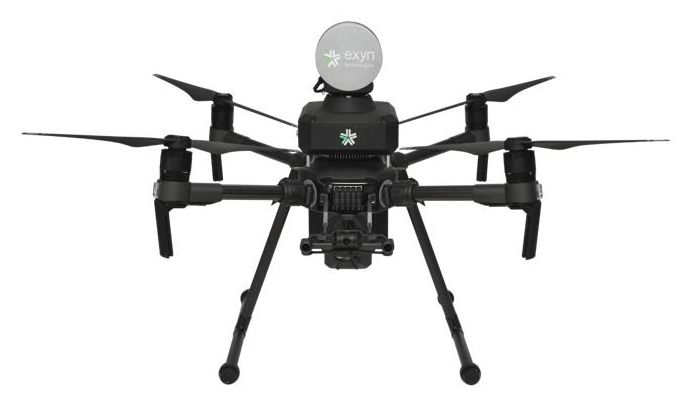
There are four ways drones typically navigate. Either they use GPS or other beacons, or they accept guidance instructions from a computer, or they navigate off a stored map, or they are flown by an expert in control.
What do you when absolutely none of the four are possible?
You put AI on the drone and it flies itself with no outside source of data, no built-in mapping, and no operator in control.
